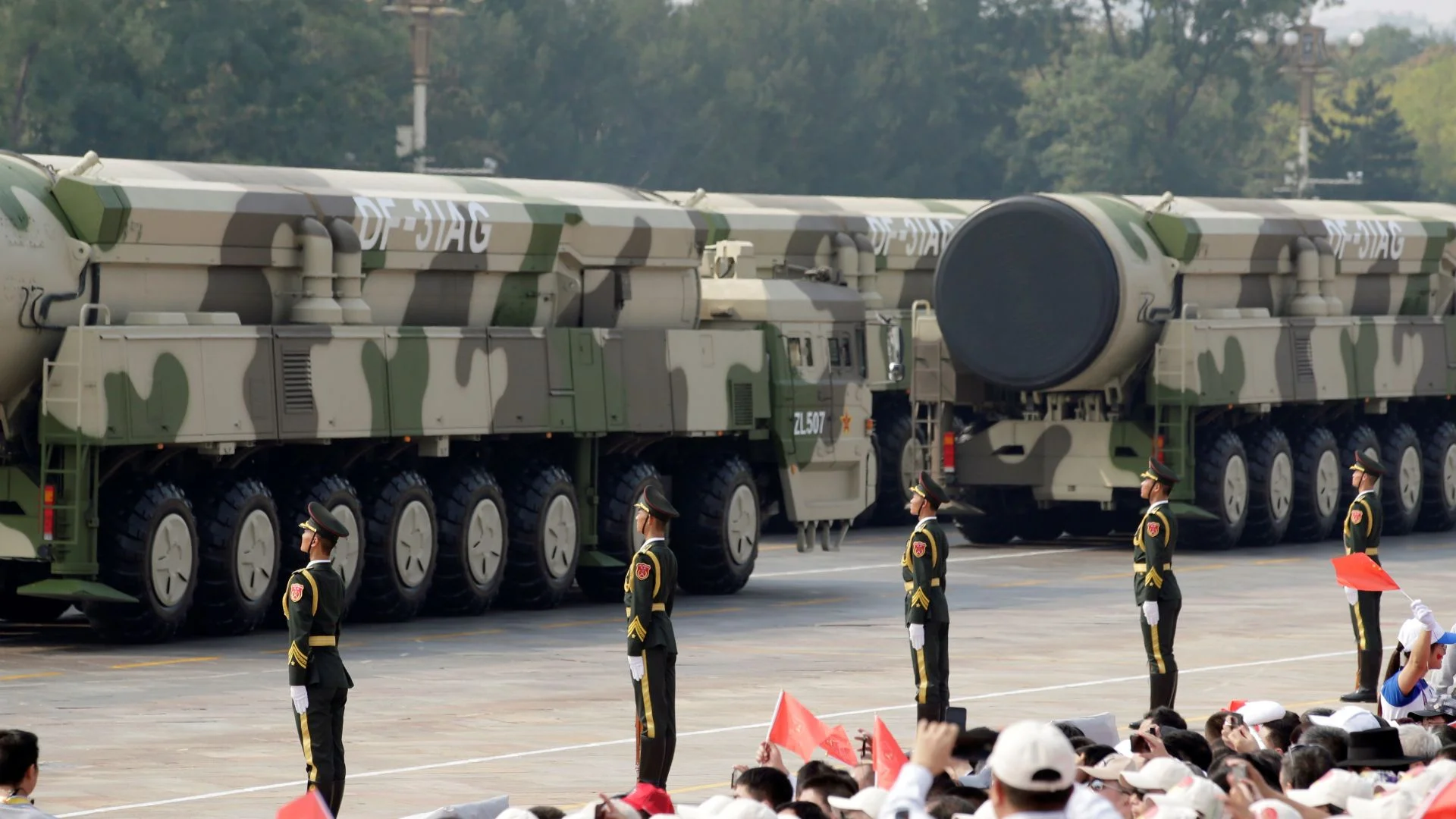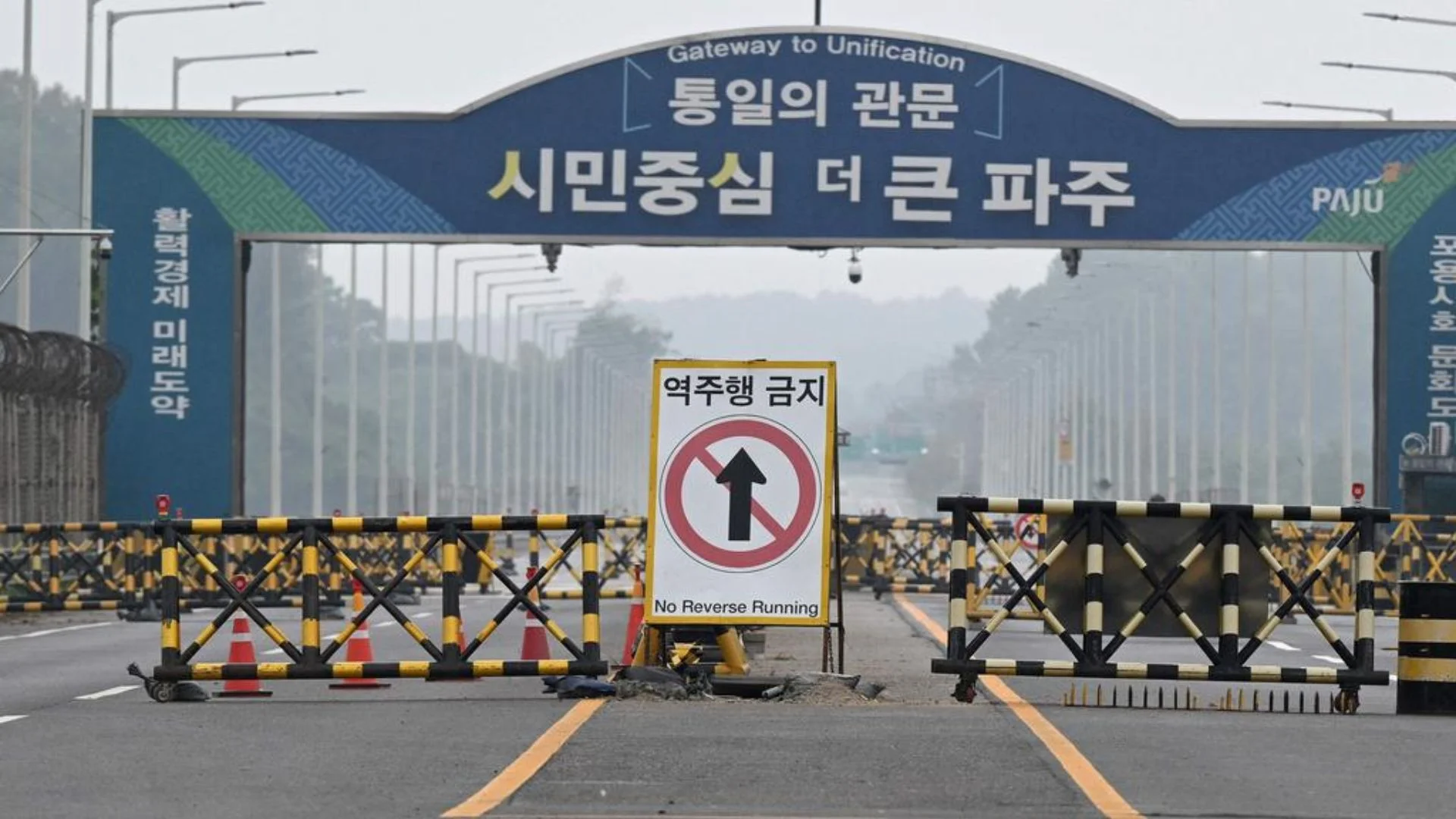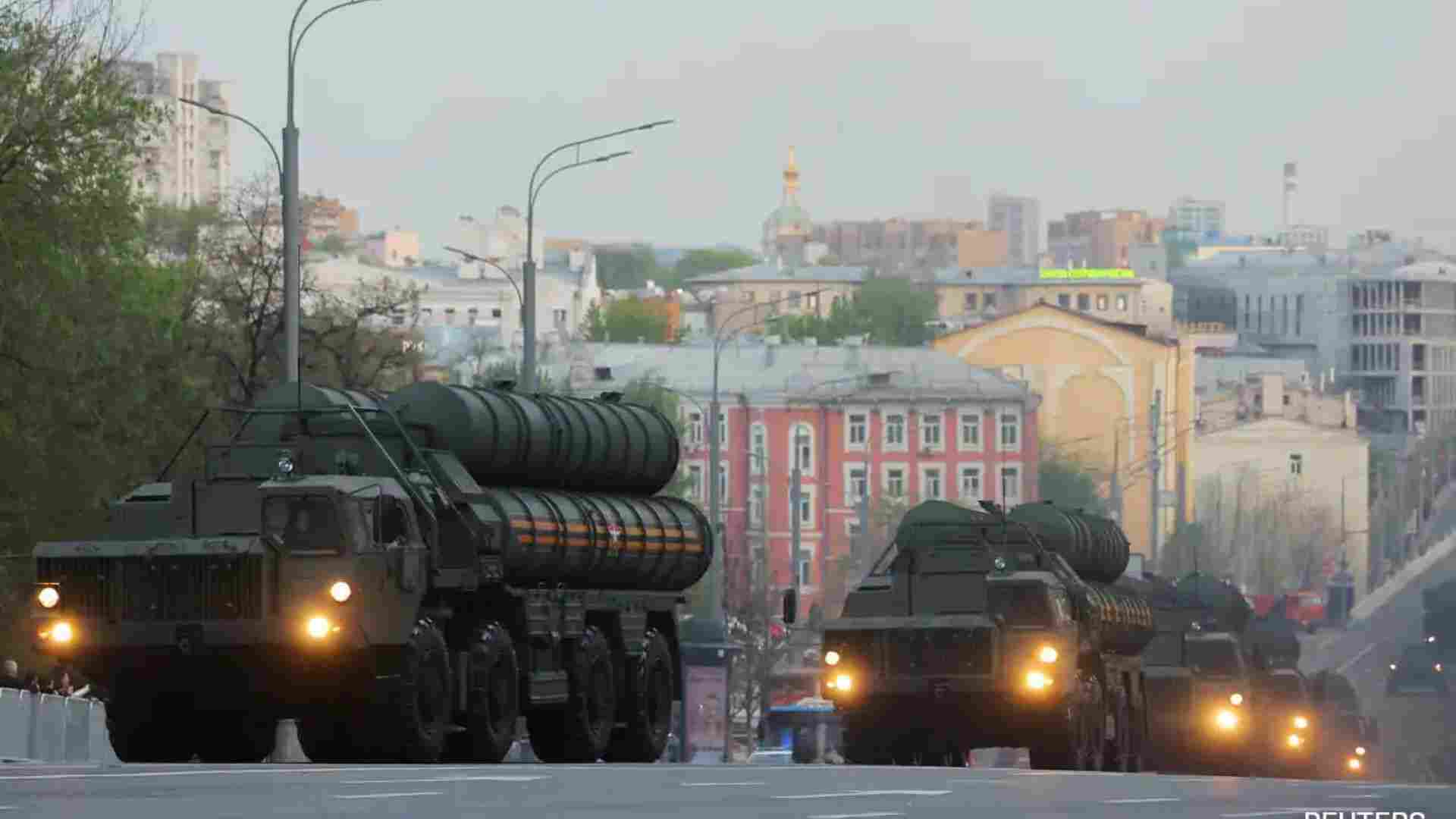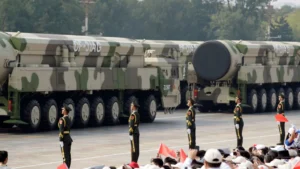China successfully launched an intercontinental ballistic missile (ICBM) carrying a dummy warhead into the Pacific Ocean, marking a significant event in its missile testing history. The missile was launched at 08:44 local time (04:44 GMT) on Wednesday, landing in designated areas, according to Beijing’s Ministry of Defence. Described as a “routine” part of annual training, the test stands out as China’s first such launch into international waters since 1980.
While the exact missile type and flight path remain undisclosed, state media confirmed that China had informed relevant countries in advance. Analysts found Beijing’s description of the test as “routine” surprising, given that previous Chinese nuclear weapon tests typically occurred within domestic borders, often in the Taklamakan Desert, Xinjiang.
Nuclear weapons expert Ankit Panda noted that it was the first time in decades China had announced such a launch, questioning the “routine” label, as this type of testing is neither common nor annual. Despite concerns, Japan’s defense ministry confirmed no damage to its vessels and pledged to remain vigilant.
The launch coincides with increasing tensions between China and other nations, including the United States, as Beijing grows more assertive in the region. While China and the US have improved diplomatic relations over the past year, ongoing territorial disputes, particularly with Taiwan and the Philippines, continue to strain ties.
Earlier, Taiwan’s defense ministry reported a surge in Chinese missile drills and detected 23 Chinese military aircraft operating near Taiwan. These activities are part of what analysts describe as “greyzone warfare,” intended to normalize incursions into Taiwan’s air and sea space.
China’s military advancements, including its Rocket Force’s recent leadership changes and expansion of its nuclear arsenal, remain a focal point. The Pentagon estimates China currently possesses over 500 nuclear warheads, with plans to increase that number to more than 1,000 by 2030. Although still smaller than the US and Russia’s arsenals, the test demonstrates China’s growing military capabilities and signals its strategic intentions.














